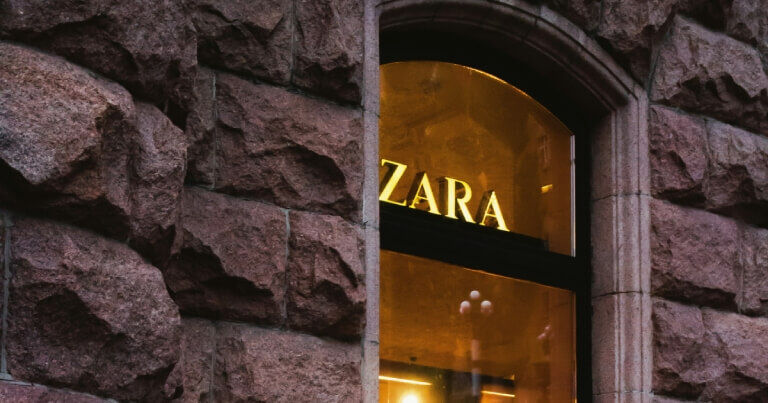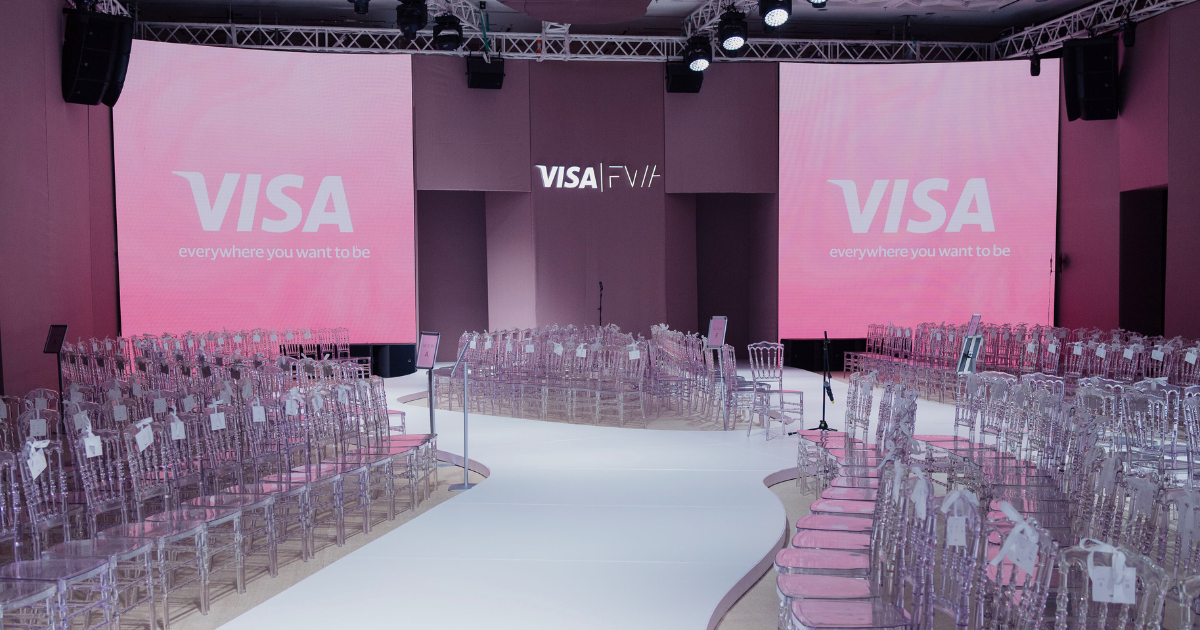The Zara phenomenon
What makes this brand one of the most popular in the world

Zara, the largest Spanish fashion brand, has become synonymous with fast fashion and is among the most recognizable names globally. As part of the Inditex group, Zara has earned worldwide acclaim through a unique business model that focuses on quickly responding to fashion trends and offering affordable prices.
Zara offers high-quality alternatives to designer pieces catering to everyday wear and special occasions, such as shoes or dresses for a single evening. This makes the brand ideal for those who can't afford luxury labels but still want to look stylish.

Photo: instagram/zara
How Zara conquered the fashion world without advertising
Zara stands out with its unconventional marketing approach: the company spends virtually nothing on advertising. Instead, its popularity has grown organically through word-of-mouth, from everyday shoppers to celebrities and even members of royal families who choose Zara. This has made the brand both recognizable and highly desirable.
Another key aspect of Zara’s marketing is its unique ad campaigns. Unconventional model poses, intriguing locations, and provocative shots often generate buzz on social media, earning the brand even more attention.
Additionally, Zara strategically positions its stores in prestigious areas, often next to luxury brands, creating visually stunning and sophisticated window displays. This approach enhances the brand’s image and offers shoppers a feeling of entering the world of high fashion despite the accessible price tags.

Photo: instagram/zara
The secret to Zara's success
Zara’s greatest advantage lies in its speed. It takes just six weeks to design and produce new items, allowing the brand to swiftly adapt to changing fashion trends and weather conditions. Product managers in each country provide feedback, helping Zara better understand customer preferences.
For instance, in 2024, bad weather in June impacted summer collection sales for competitors like H&M. Zara, however, swiftly adjusted its inventory to accommodate the conditions, avoiding significant losses.

Photo: instagram/zara
Challenges facing Zara
Despite its success, Zara faces several challenges. One major competitor is the Chinese brand Shein, which offers lower prices and an extensive inventory. However, Zara has a significant edge: physical stores where customers can touch, try on, and assess the quality of the clothing, which is consistently higher than that of Shein.
Another pressing issue is the criticism faced by the fast fashion industry for its environmental impact. Over the last 20 years, people have been buying more clothes but wearing them less, leading to massive waste. Each year, fast fashion generates up to 10 billion kilograms of textile waste. As a leader in the industry, Zara has also been criticized for promoting overconsumption.

Photo: instagram/zara
Sustainability: a path forward
In response to environmental concerns, Inditex has taken steps toward sustainability. In 2023, Zara launched a resale platform where customers can sell, buy, or even repair Zara items. Additionally, the company has pledged to reduce waste by 50% by 2030.

Photo: instagram/zara
Zara remains a leader in the fast fashion industry thanks to its unique approach to marketing, quality, and ability to quickly adapt to trends. However, the growing demand for sustainability and intensifying competition are pushing the company to explore new ways to maintain its position.
Can Zara continue to balance speed, affordability, and responsibility to the planet? Only time will tell.


